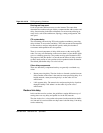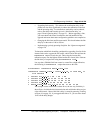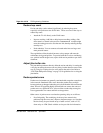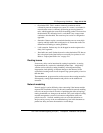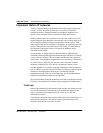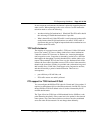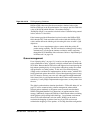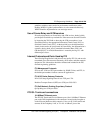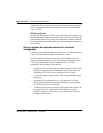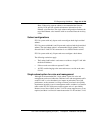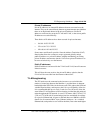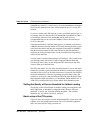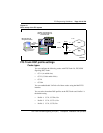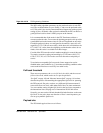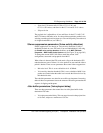
Page 130 of
378
ITG Engineering Guidelines
553-3001-202 Standard 1.00 April 2000
motherboard with a connector on the I/O panel breakout cable transmits ITG
system management traffic and D-channel and connects to the Embedded
LAN, or E-LAN.
RS-232 serial ports
The ITG ISL Trunk card has a DIN-8 serial maintenance port connection on
the faceplate and an alternative connection to the same serial port on the I/O
panel breakout cable. Do not connect two maintenance terminals to both the
faceplate and I/O panel breakout cable serial maintenance port connections at
the same time.
Set up a system with separate subnets for voice and
management
It is highly recommended that the customer place the voice and management
LANs on separate dedicated subnets, separated by a router.
The ITG cards have two Ethernet ports per card, so the ITG system can
support two different networks for the voice interface (Telephony LAN or
T-LAN) and management interface (Embedded LAN, or E-LAN)
connections. The advantages of this setup are:
• to optimize Voice over IP performance on the Telephony LAN (T-LAN)
segment by segregating it from Embedded LAN (E-LAN) traffic and
connecting the T-LAN as close as possible to the WAN router
• to make the amount of traffic on the T-LAN more predictable for QoS
engineering
• to optimize E-LAN performance, e.g., for Symposium Call Center
Server (SCCS) and Call Pilot functional signaling, by segregating the
E-LAN from ITG T-LAN VoIP traffic
• to enhance network access security by allowing the modem router to be
placed on the E-LAN, which can be isolated from the customer's
enterprise network (C-LAN) or have access to/from the C-LAN only
through a firewall router.



